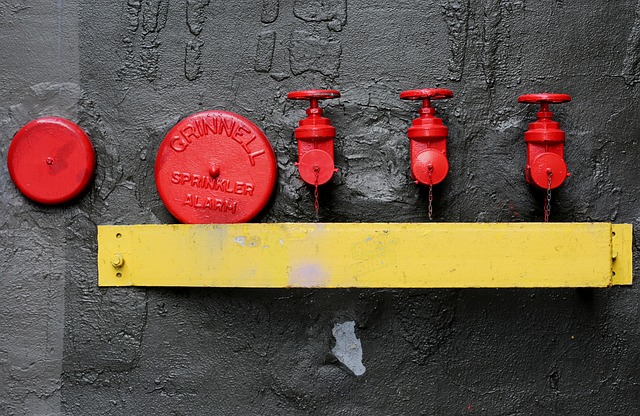
Introduction:
Fire safety is a paramount concern in any building, and fire sprinkler systems are a crucial component of effective fire protection. A well-designed fire sprinkler system can significantly reduce the risk of fire-related injuries, minimize property damage, and save lives. In this article, we will explore the importance of fire sprinkler system design, delve into the key components and considerations involved, and highlight the benefits of implementing a properly designed fire sprinkler system.
The Importance of Fire Sprinkler System Design:
- Life Safety: The primary objective of a fire sprinkler system is to protect lives. Properly designed systems can detect and suppress fires in their early stages, providing occupants with valuable time to evacuate the building safely. Fire sprinklers help control the spread of flames, reduce smoke, and lower temperatures, creating a safer environment for occupants and first responders.
- Property Protection: Fire incidents can result in devastating property damage. Fire sprinkler systems are designed to suppress or extinguish fires, limiting their spread and reducing the potential loss of assets. By quickly responding to fires and preventing their escalation, fire sprinklers can save valuable property and reduce financial losses.
- Rapid Response: Fire sprinkler systems are automatic, meaning they operate independently without the need for human intervention. When a fire is detected, the sprinklers closest to the fire activate, delivering water or other extinguishing agents directly to the source. This immediate response helps control the fire’s growth and buys crucial time for evacuation and fire department arrival.
Key Components and Considerations in Fire Sprinkler System Design:
- Water Supply: The water supply is a critical component of a fire sprinkler system. Designers must consider factors such as water pressure, flow rate, and availability to ensure an adequate water supply for effective fire suppression. This may involve connecting the system to a municipal water source, installing water storage tanks, or incorporating pumps to maintain proper pressure.
- Sprinkler Heads: Sprinkler heads are the devices that discharge water when triggered by heat. Various types of sprinkler heads are available, including standard, concealed, and specialized heads for specific applications. The design should consider factors such as ceiling height, occupancy type, and fire hazard classification to determine the appropriate number, spacing, and types of sprinkler heads required.
- Hydraulic Calculations: Hydraulic calculations are essential in determining the required water flow and pressure for the sprinkler system to operate effectively. These calculations take into account factors such as pipe size, length, elevation changes, and friction loss. Hydraulic calculations ensure that each sprinkler head receives the necessary water flow and pressure to suppress fires adequately.
- Fire Codes and Regulations: Fire sprinkler system design must adhere to local fire codes, regulations, and industry standards. Compliance with these requirements ensures that the system meets the necessary safety standards and functionality. Designers should stay updated on current codes and collaborate with authorities having jurisdiction to ensure full compliance.
Benefits of Properly Designed Fire Sprinkler Systems:
- Early Fire Detection and Suppression: Fire sprinkler systems are designed to detect and suppress fires in their early stages. Their rapid response helps prevent the spread of fire and limits its impact, minimizing damage to property and reducing the risk of injuries or fatalities.
- Enhanced Fire Safety: Fire sprinkler systems significantly enhance fire safety within buildings. Their presence provides a constant level of protection, even when occupants are unaware of a fire. This added layer of safety can instill confidence and peace of mind for occupants, building owners, and insurance providers.
- Lower Insurance Premiums: Insurance companies often offer lower premiums for buildings equipped with properly designed and maintained fire sprinkler systems. These systems are seen as effective measures for mitigating fire risks, reducing the potential for significant financial losses, and protecting insurance investments.
- Increased Property Value: Buildings with well-designed fire sprinkler systems may command higher property values in the market. Prospective buyers and tenants recognize the added safety and security that these systems provide, making such properties more desirable.
Conclusion:
Fire sprinkler system design plays a vital role in protecting lives and property from the devastating effects of fires. Properly designed systems can quickly detect and suppress fires, providing occupants with valuable time to evacuate and minimizing property damage. By considering factors such as water supply, sprinkler head selection, hydraulic calculations, and compliance with fire codes, designers can create effective fire protection systems that enhance overall fire safety. Implementing a well-designed fire sprinkler system not only saves lives but also contributes to the preservation of property and peace of mind for occupants and building owners alike.
